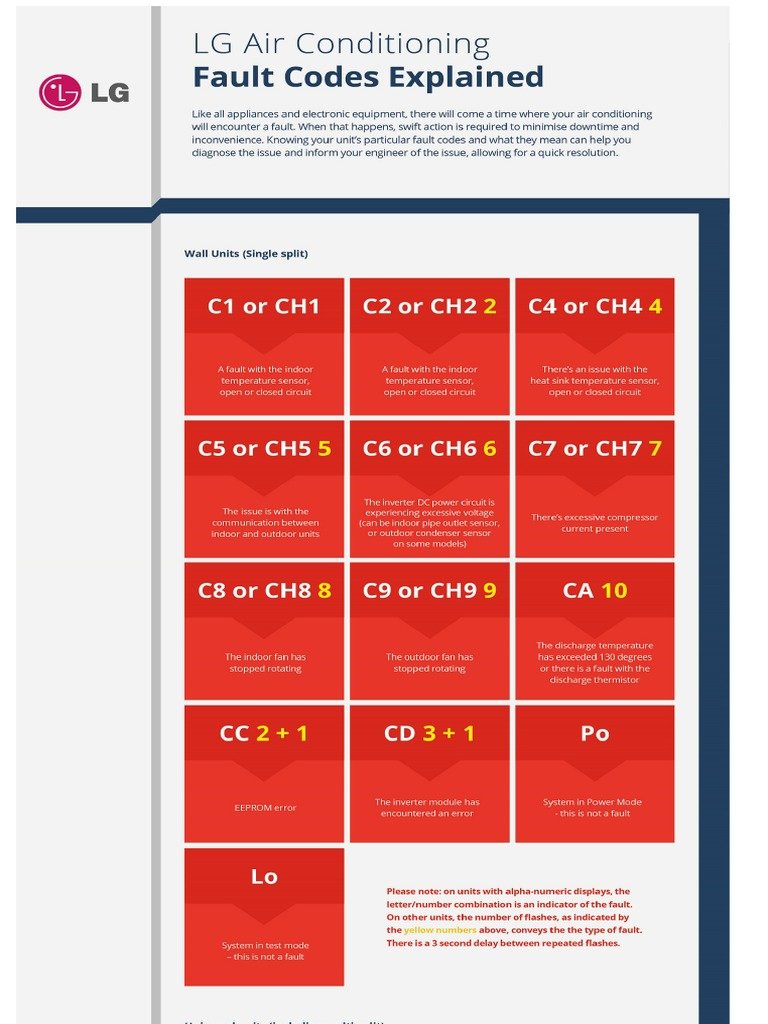
Understanding the OE Error Code
The “OE” error code is essentially your air conditioner’s way of signaling a problem with water drainage. Think of it as your appliance waving a little red flag to get your attention. The issue typically arises when the system can’t expel moisture efficiently, which is crucial for maintaining optimal performance. Air conditioners work by pulling humidity from the air and condensing it into water, which then needs to be drained away. When this process is interrupted, the OE error code appears.
One of the common causes for this error is a clogged or obstructed drain hose. Picture this: the drain hose is like a garden hose. If it gets kinked, twisted, or blocked by debris, water can’t flow through it easily. This causes a backup, triggering the OE error. Additionally, the drain pan, which collects excess water, may be full or obstructed. Just like a bucket of water that spills over when it’s too full, the drain pan needs regular emptying to function correctly.
Another potential cause could be a faulty drain pump. The pump acts like the muscles of the drainage system, pushing water out of the unit. If it’s defective or worn out, it might not be exerting enough force to remove water, leading to the error code. By understanding these components and how they work together, you can start diagnosing the problem and identify where things might be going wrong.
How to Troubleshoot and Fix the OE Error
Now that we’ve pinpointed some of the likely culprits, let’s talk about how you can address them. First things first, always ensure the air conditioner is unplugged before you start any maintenance. Safety’s key! Begin by checking the drain hose. Is it twisted, kinked, or blocked? Straighten it out gently and see if that resolves the issue. Sometimes, a simple adjustment is all it takes to set things right.
If the hose looks fine, move on to examining the drain pan underneath. Remove any visible obstructions and empty it if it’s full. In some cases, cleaning the pan with mild soap and water can also help. Doing this prevents potential mold growth and unpleasant odors.
Should these steps not resolve the problem, turn your attention to the drain pump. Testing it might require a bit more technical know-how, but don’t worry—it’s manageable. If you feel comfortable, you can follow the manufacturer’s guidelines to test the pump. Otherwise, this might be a good time to call in a professional. If the pump is defective, replacing it should solve the problem and clear the OE error code.
Preventing Future Drainage Issues
You might be asking, “How can I prevent this from happening again?” Good question! Regular maintenance is your best friend here. Think of maintaining your air conditioner like taking your car in for regular oil changes—small actions that prevent bigger problems down the road.
Start by routinely checking and cleaning the drain hose and pan. Make it a habit to inspect these components every few months, especially before the start of summer when your air conditioner will get heavy usage. This includes looking for any blockages and ensuring everything is properly connected and in good condition.
It’s also wise to schedule annual maintenance with a professional. They can perform comprehensive checks and tune-ups to keep everything running smoothly. Investing a little time in regular maintenance helps in avoiding costly repairs and extends the lifespan of your appliance. Isn’t that a win-win?
So, there you have it—a crash course on the OE error code and what you can do about it. Remember, keeping an eye on your system’s drainage components can save you a lot of hassle in the future. If you ever feel out of your depth, don’t hesitate to seek help from an expert. After all, keeping cool should be stress-free!